The concern for Liverpool going into this season was midfield.
Five games in and those concerns have become a harsh reality, with the lowest first six-game points total of Jurgen Klopp’s Liverpool tenure to date.
James Milner, Harvey Elliott, Fabio Carvalho and new signing Arthur are the only fit options to supplement the only ‘first choice’ option in Fabinho.
In the Merseyside derby, the midfield consisted of Fabinho flanked by the two kids.
Milner was the only other bona fide option, but with a Champions League game only days away, his inclusion in a blood and thunder derby was unlikely; had he played from the start, it was unlikely he would be able to line up against Napoli.
Unsurprisingly, the midfield gamble backfired, allowing Everton to gain more than just a foothold as Carvalho in particular struggled.
A makeshift midfield (albeit with excellent individual talents) containing two inexperienced youngsters was never likely to dominate in the pressure cooker environment of Goodison.
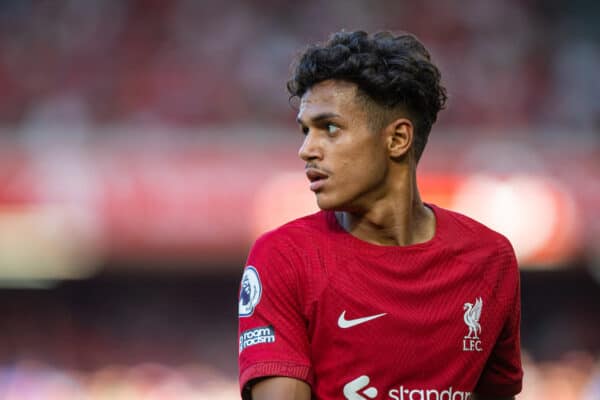
Two seasons ago, a similar injury scenario occurred when we lost our entire central defence for the majority of the season. It didn’t just affect our season, it torpedoed it.
The defensive turmoil back then was a combination of bad injuries and bad luck. Nobody could have foreseen the unfortunate sequence of events that ravaged our back line.
It resulted in a patched-up team unable to compete at the elite level and although we finished third, the points total of 69 (17 off the pace) which included nine defeats and nine draws was evidence of the impact of those defensive woes.
Predictable
The current midfield situation is different in that, rather than bad luck, it was much more predictable.
It is well known that Liverpool is a club laser-focused on sports science and statistics. The club’s statisticians analyse factors to the nth degree and it has undoubtedly been a key element of our recent success both on the field and in the transfer market.
Given that, it makes the current situation somewhat bewildering.
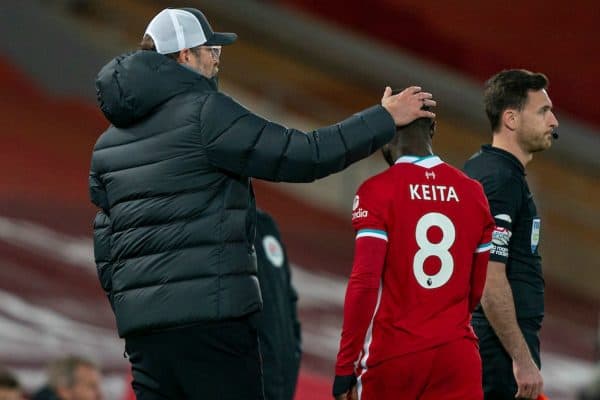
Even using the most basic appearance and injury statistics, the warning signs were there:
- Thiago Alcantara has averaged 25 league games per season for the last seven seasons at both Liverpool and Bayern (66% of games).
- Alex Oxlade Chamberlain has averaged 19 games per season in his five seasons as a Red. Naby Keita has also averaged 19 games per season as a Red (both 50% of games).
- Curtis Jones has averaged 15 games per season in his three seasons as a first-team player (39% of games).
- Our most consistent – and currently only healthy senior midfielder, Fabinho, has averaged 29 league games a season as a Red (76% of games).
The other midfield options when the season started were two 19-year-olds, a 32-year-old and a 36-year-old.
An additional factor that surely should have been a consideration when looking at squad depth, is the nature of the condensed 2022/2023 season.
Unlike ‘normal’ seasons when the Champions League games are spread throughout the season, this time, the pre-world cup season meant that two games a week would be a reality starting in early September.
All in all, the statistics, the player profiles and the punishing schedule said, with a high degree of probability, that there was a genuine need for midfield reinforcement(s).
For whatever reason (and it’s supposition on any of our parts to know exactly why), no midfield signings occurred.
How it’s affecting us
As we all know, the midfield is the ‘engine room’ of any team.
Enhancing the attack, protecting the defence and dominating the middle of the field are the three essential components of any top-class midfield.
In a Jurgen Klopp team, the midfield takes on heightened importance in that the high press of a mobile, hard-working midfield helps to ‘smother’ the opposition, forcing them on to the back foot and finding it difficult to escape their own half.
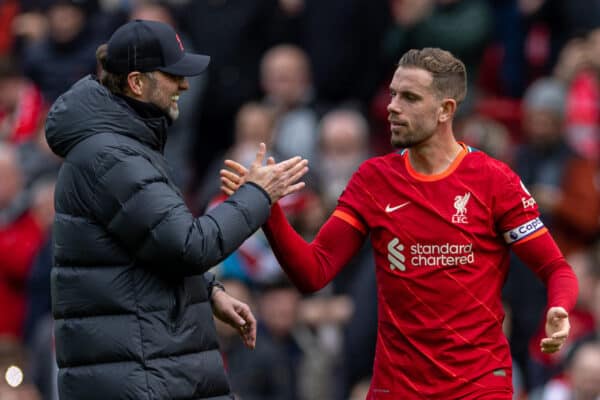
How many times has an opposition team been panicked and forced into mistakes in their final third resulting in a trademark Liverpool goal?
The fact that we invariably win the ball so high up the field has the added benefit of the strikers being given far more ammunition and opportunity to affect the game, hence our incredible goal-scoring exploits over the Klopp years.
This midfield approach of giving the opposition little to no time on the ball has the added benefit of offering our defence superior protection as the opposition midfield is forced further back leaving their attackers without adequate support. The ‘out ball’ to the attackers so often had little effect as our defence would handle the limited threat posed with ease.
With these dynamics in play, it also means that our full backs – attacking full backs by design – are able to play further up the field giving the opposition the added headache of our ‘wing backs’ being another major source of creativity.
So, with our engine room currently depleted and chopped and changed routinely, it is affecting both our attacking flow and defensive stability – in other words, it’s having an effect on the entire flow of the team in all areas of the pitch.
Domino effect
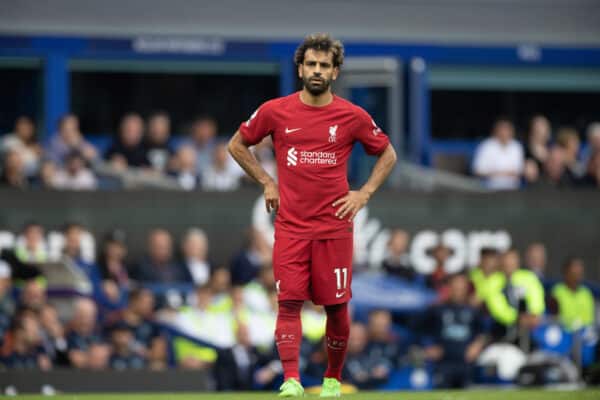
Statistics show that Salah is seeing less of the ball and having far fewer shots per game than he has in recent seasons. He’s well behind his usual goal-scoring total after six games.
The defence has conceded more goals per game, with the form of Trent and Virgil van Dijk in particular being questioned by many.
While not the only ones, these are three glaring examples of our most essential players not having their usual impact on games. I believe there are reasons for this outside ‘form’ of each player and are exacerbated by the current midfield situation.
The usual ‘high press’ is simply not there, giving the opposition midfielders the time and space to play and break the lines with a simple ball over the top to their forwards. We’ve been undone by this simplistic tactic on too many occasions already this season.
Our defenders on the flanks, whose game is built on enhancing the attack, are being caught out of position more frequently because the opposition are able to have more success in breaking up the Liverpool play in their final third and playing the forward ball quickly.
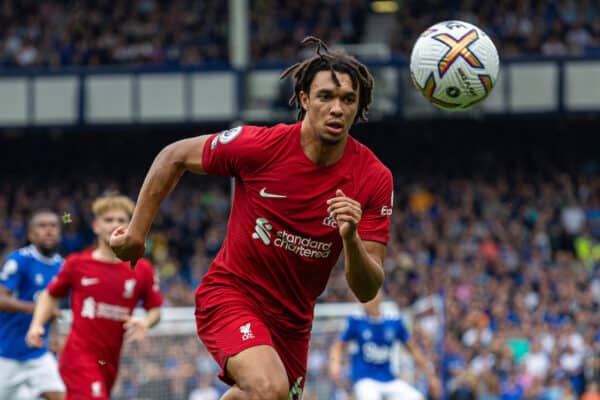
Trent, in particular, has not adapted his positional play sufficiently to address this – and even if he does so by playing further back, it means he’ll then be further nullified as an attacking option.
Our attack also suffers as the ball is spending less time in the opponent’s final third, giving the attackers less opportunities to both create and create. (The Bournemouth game was the exception as they offered so little in any area of the pitch.)
So rather than being in ‘poor form’ or ‘not at it’ as I’ve seen thrown around as criticisms of some of our players, I feel it’s far more to do with the entire dynamics of the Reds’ style of play being affected by the limited and depleted midfield options.
Solutions?
Klopp is now in a position where he needs to find solutions. The obvious one, of course, is that we need our players back, and thankfully Thiago is. But even with Thiago, it still leaves he and Fabinho as the only tried and tested midfielders, most likely supplemented by the super talented but inexperienced Elliott.
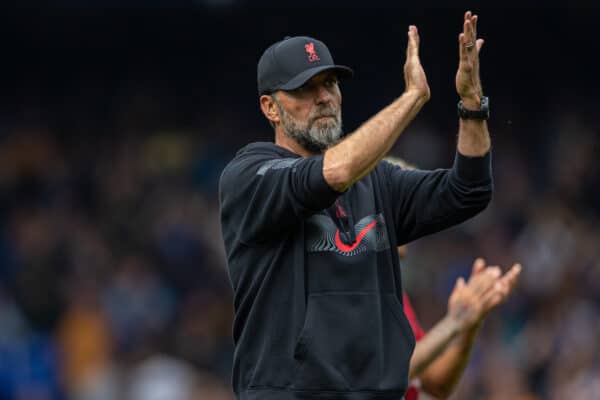
Outside of these three and because they can’t possibly play every game, further solutions are needed.
One potential is to bring in Arthur; a Brazilian international and once much sought-after player whose star has fallen over recent seasons. If Klopp’s judgement is of its usual high standard, then we may have an effective wild card added to the squad, but as of now, he’s an unknown quantity. Time will tell.
The other, and for me more viable option, is a formation change to 4-2-3-1.
We certainly have the players to suit this formation and having Fabinho, Thiago, Milner and Arthur all capable of playing in the midfield two in this set up, it’s a potentially attractive proposition. This set up would also offer protection to the centre-backs allowing Andy Robertson and Trent to continue their forward forays.
It would also mean that we would have Salah, Nunez, Diaz, Bobby, Jota, Elliott and Caravalho each capable of playing a role in the ‘3-1’ part of the 4-2-3-1.
That’s seven top-class, creative and mobile options for the opposition to figure out while enhancing the ‘high press’ this team is known for. It also shores up the level of protection at the back.
The first 20 minutes of the second half in the Merseyside derby when Bobby Firmino replaced the injured Carvalho further convinced me that this is not just a viable option, but likely an effective one in our current predicament.
I’ll finish by saying that while the midfield is a concern, it’s certainly not all doom and gloom. The good news is that there are options and solutions, unlike the defensive scenario of the 2020/21 season.
Just how Klopp chooses to address the current midfield conundrum is unknown at this point, but I feel it is likely to have a major impact on how successful this season might be.
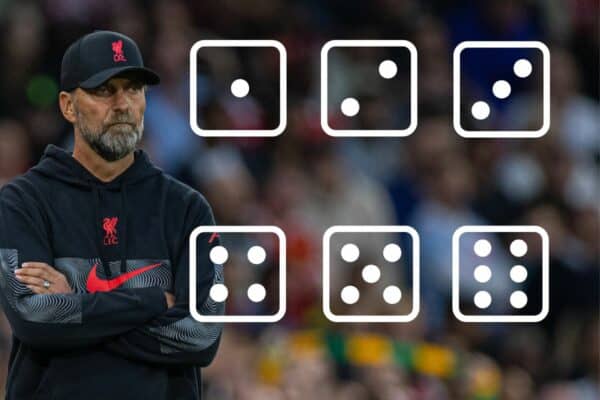


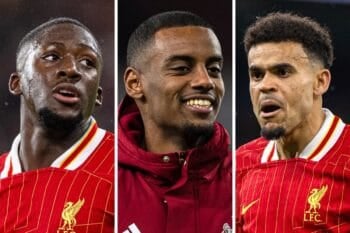
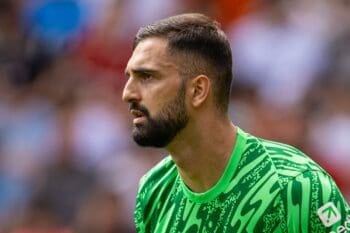

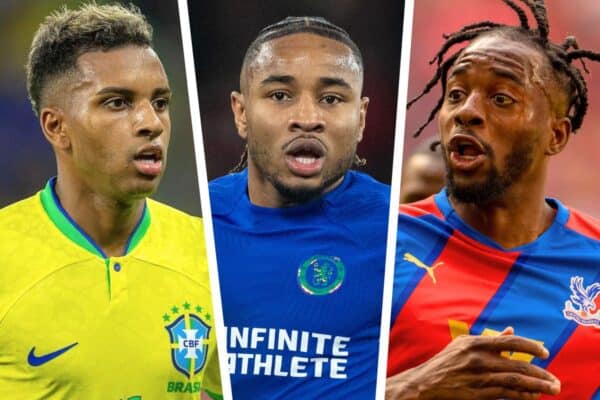
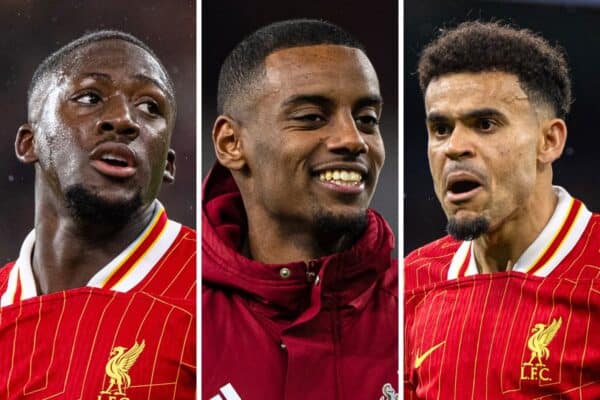
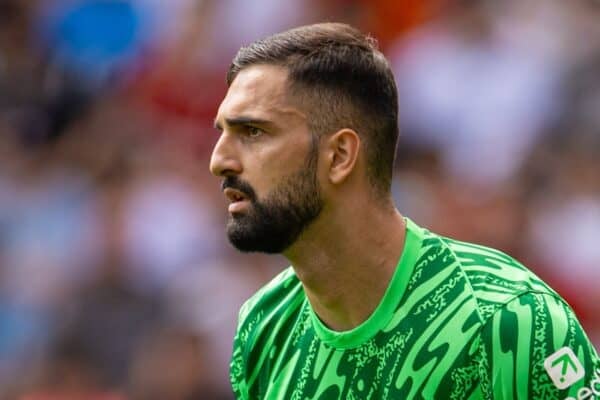
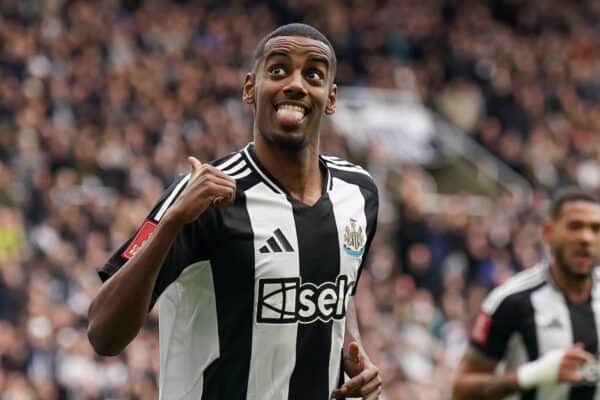
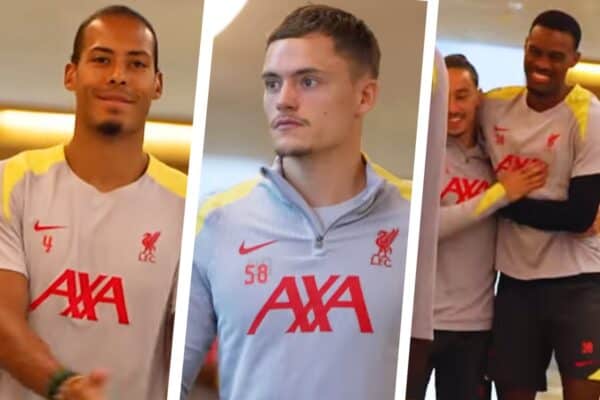
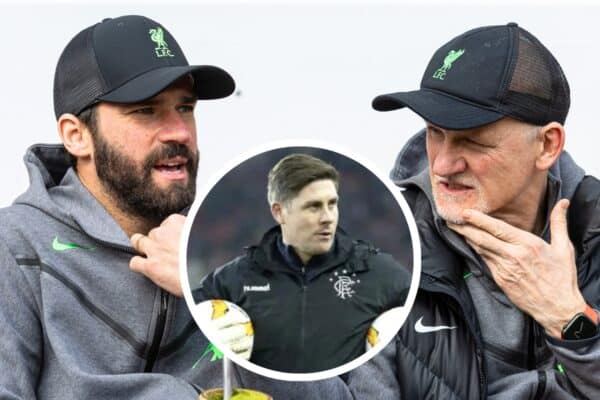
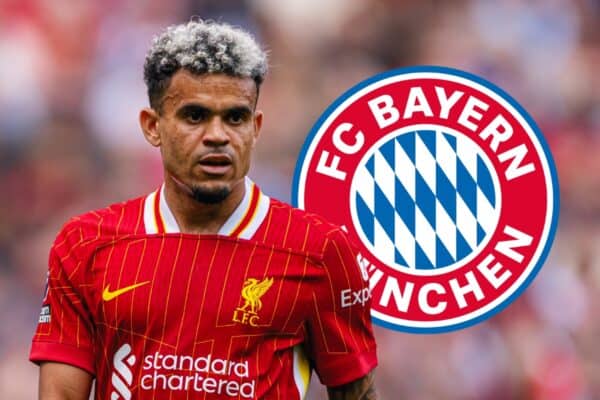
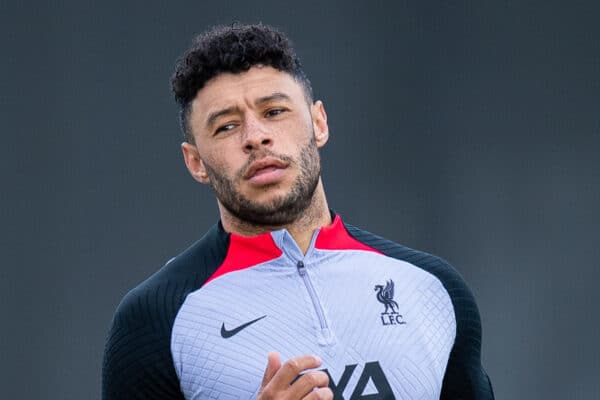

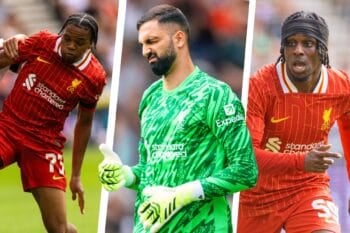
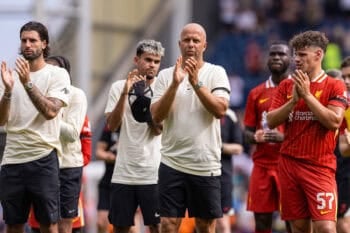

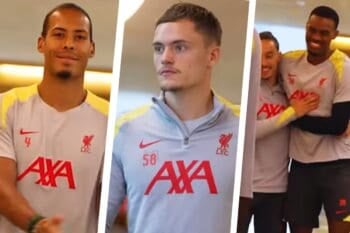
Fan Comments